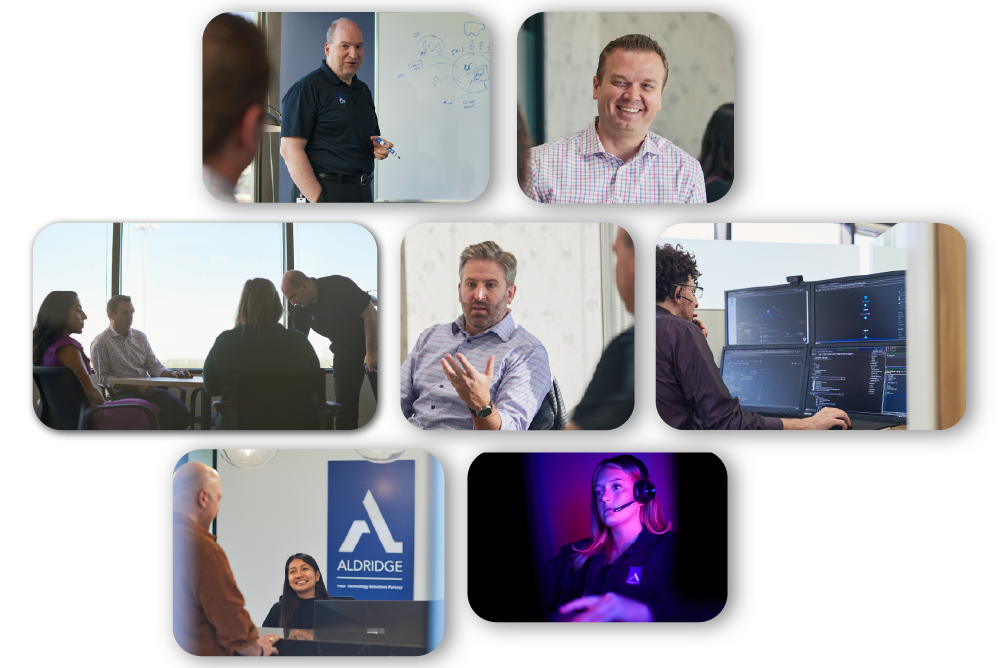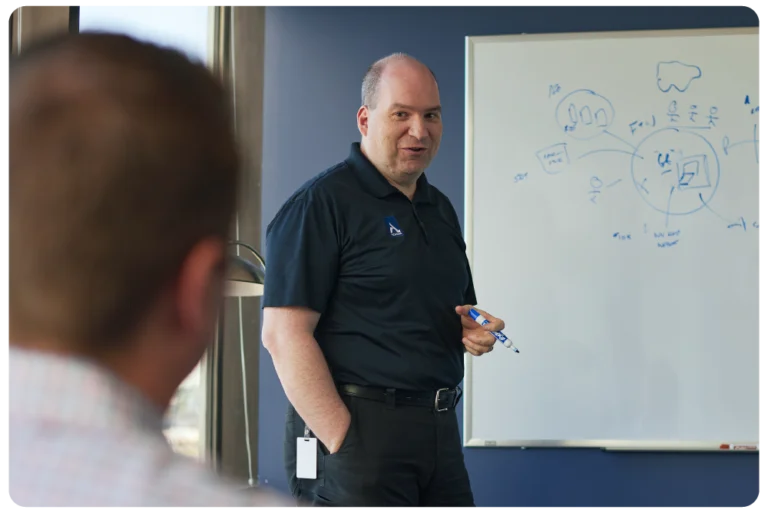Whether you’re funded by grants, donations, or endowments, your non-profit organization can’t afford to waste money, especially on behind-the-scenes issues like IT. But unfortunately, that’s exactly where many non-profits lose more than they realize.
5 IT Issues That Cost Nonprofit Organizations the Most
1. Holding onto Outdated Systems
The cost: Missed opportunities, inefficiency, and staff burnout
Many non-profits operate with systems that were patched together over years, donor databases that don’t talk to accounting platforms, shared drives filled with duplicate files, and decades-old software that crashes at the worst time.
Example: A nonprofit arts organization used an old version of Raiser’s Edge that couldn’t integrate with their website donation form. Staff had to manually enter donor data each week, which led to errors, wasted time, and frustrated fundraisers who couldn’t get timely reports.
The fix: Modernizing doesn’t mean overhauling everything. We help organizations identify where automation, integration, or right-sizing tools can free up staff and improve workflows without massive spend.
2. Volunteer and Intern Turnover
The cost: Security gaps and wasted licenses
Non-profits often have a high churn rate among volunteers, interns, and even short-term employees. But the offboarding process is rarely consistent, leaving behind unused accounts, active licenses, and open access to sensitive data.
Example: A community organization had more than 200 active Microsoft 365 accounts, but only 70 full-time staff. Many belonged to former volunteers or contractors who had never been deactivated, costing thousands annually and creating major security risks.
The fix: We implement automated account provisioning and de-provisioning tied to onboarding workflows, ensuring accounts are only active when they need to be, and nothing falls through the cracks.
3. One-Person IT “Gatekeepers”
The cost: Lack of transparency, stalled progress, and vulnerability
Whether it’s a longtime internal staff member or an outside IT provider, many non-profits rely heavily on one person who “knows where everything is.” But that person often becomes a bottleneck, or worse, a liability.
Example: A job training nonprofit discovered their solo IT vendor had moved their website hosting and admin access without informing anyone. When leadership asked for credentials, he refused, citing “security concerns.” It took months to regain control and rebuild trust.
The fix: We help non-profits regain visibility and control through co-managed IT services. Shared documentation, clear ownership, and vendor accountability ensure that no one person holds the keys to your entire infrastructure.
4. Lack of IT Planning and Budget Alignment
The cost: Missed grants, unscalable growth, and reactive spending
Many non-profits budget year-to-year and operate without a long-term technology roadmap. This leads to last-minute purchases, emergency fixes, and missed opportunities to align IT improvements with grant cycles or strategic goals.
Example: A healthcare-focused nonprofit lost out on a six-figure grant because they couldn’t show a clear plan for how technology would support the proposed program. They had no documentation or timeline for needed IT upgrades.
The fix: We help non-profits build strategic roadmaps that support funding applications, board approvals, and operational planning, turning IT from an afterthought into an asset.
5. Security Breaches That Destroy Trust
The cost: Reputation damage, lost donors, and legal consequences
Non-profits store deeply sensitive information, donor records, financial data, beneficiary details, even medical histories. A breach can be devastating.
Example: After a phishing attack led to a donor data leak, a social services nonprofit lost several major funders who cited concerns about data security. The fallout cost them nearly $500K in pledges and forced them to divert time and money toward crisis management.
The fix: We implement layered security measures like MFA, phishing training, and spam filtering to reduce risk. More importantly, we build resilience through backup and recovery plans, so your mission doesn’t grind to a halt when things go wrong.
Empower Your Mission with Strategic IT
Aldridge helps nonprofits modernize IT, strengthen operational resilience, and free up internal resources for what matters most, your programs, people, and impact. Contact us today to learn how we can help you turn technology into a true mission enabler.







